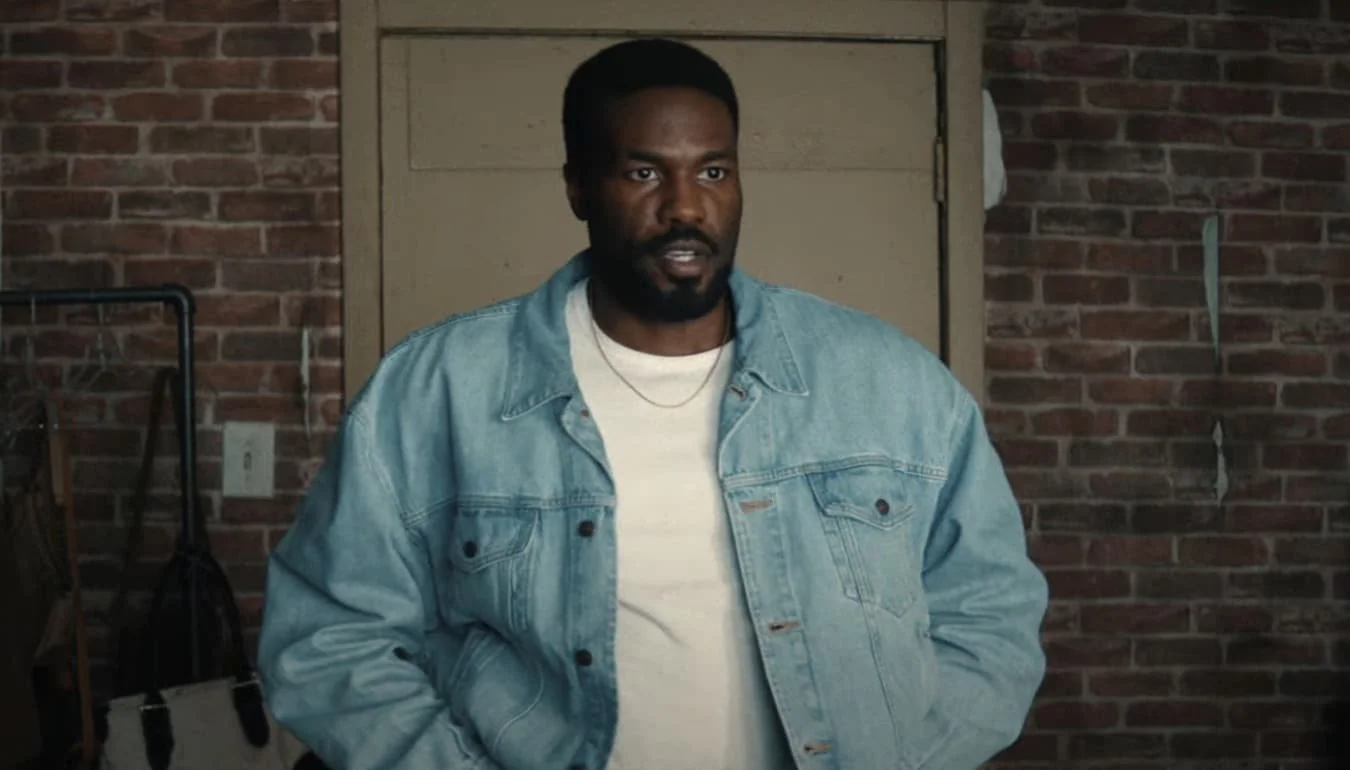Morbius
/After a 6-second micro teaser that features the key motif from the universally-popular Beethoven piece “Für Elise”—for whom the celebrations for the 250th anniversary of his birth are underway—the trailer begins with an unknown, offscreen diegetic narrator addressing Dr. Michael Morbius (Jared Leto). The soundscape in the initial fourteen seconds is close and almost claustrophobic, fitting considering Morbius is bullied and in the fetal position in the schoolyard as a child in this opening scene.
At 0:14 we hear the first sounding of the “Für Elise” motif, and the trailer editors were probably right to guess that most people would recognize it even if introduced in an elongated, augmented form, with some notes omitted—instead mainly providing a harmonic outline in whole notes, ending with a note several registers higher with plenty of reverb to lead us into the next scene.
A quick lead-in by the piano at 0:26 brings us to the introduction of low arco strings and the Marvel and Sony title cards, in addition to a pulsing but persistent eighth-note rhythm in the bass. Notice at 0:34, 0:41, and 0:44 when Morbius sings and hums in sync with the melody, an interdiegetic moment that seems almost casually placed, but serves both as a reinforcement of Morbius’ character as it is a check-in for audiences who may not yet have clued in on the use of Beethoven as a thematic device, such as it is transformed and arranged in various ways throughout the trailer. In addition, these synch points are interspersed with expository dialogue—a great way to reinforce the emotional angle of Morbius’ situation through the intermittent use of music tied into the diegesis of the trailer.
At 0:53 the music returns to the tonic (home chord), but the piano ventures down a very discordant arpeggio, intoning impending trouble. At 0:57 the melodic motif appears again, against a strong harmonic minor cadence with the leading note foregrounded. At 1:03 the arco strings become a bit more complex, taking on a bit of the melodic contour of Beethoven’s motif. At 1:07 a not-so-subtle booj sound effect underscore the onscreen ritual as Morbius slices his hand and summons a colony of bats from a cave; notice how the sound effect serves also as a transition, and we get a reprieve from the music, with a focus instead on the sounds of the bats. That isn’t all though—there are follow-up sound effects at 0:20 and 0:23, and to the editors’ credit this sort of expands the tonal range of these epic trailer-oriented sound effects, expanding its vocabulary.
At 1:24 the music comes back in full force, now with military percussion using triplets for dramatic effect—and the on-screen punches synch to these triplets. More of the melody from “Für Elise” is finally used in full here. Note the reharmonization, especially at 1:36—this unexpected, heroic-sounding change to the major key is a feature of epic trailer music.
Another bold choice in the edit here occurs when Morbius recounts his powers—the music is completely cut in favour of sound effects. While it could have come off as jarring or obtrusive, here it comes across as striking. Finally, notice the augmentation of the theme again at 2:10 in the finale. The epic percussion in triplets is perhaps a bit overused in the final twenty seconds, but it does ride out the final bits of dialogue successfully.
While nothing here hasn’t been heard before in isolation, the bold use of epic trailer sound effects to the complete exclusion of the main musical bed is a relatively rare editing move. In addition, the use of interdiegetic humming between Morbius and the main melody is a relatively subtle and effective way of connecting the song’s mood to his character. The fact that the choice of classical music rearrangement is not immediately announced, instead beginning with an augmented form of the melody, adds additional intrigue and subtlety to the proceedings. Elsewhere, rote techniques like epic percussion triplets and frenetic arco strings are serviceable, even though wholly expected after over ten years of Marvel Cinematic Universe trailers.
— Curtis Perry







